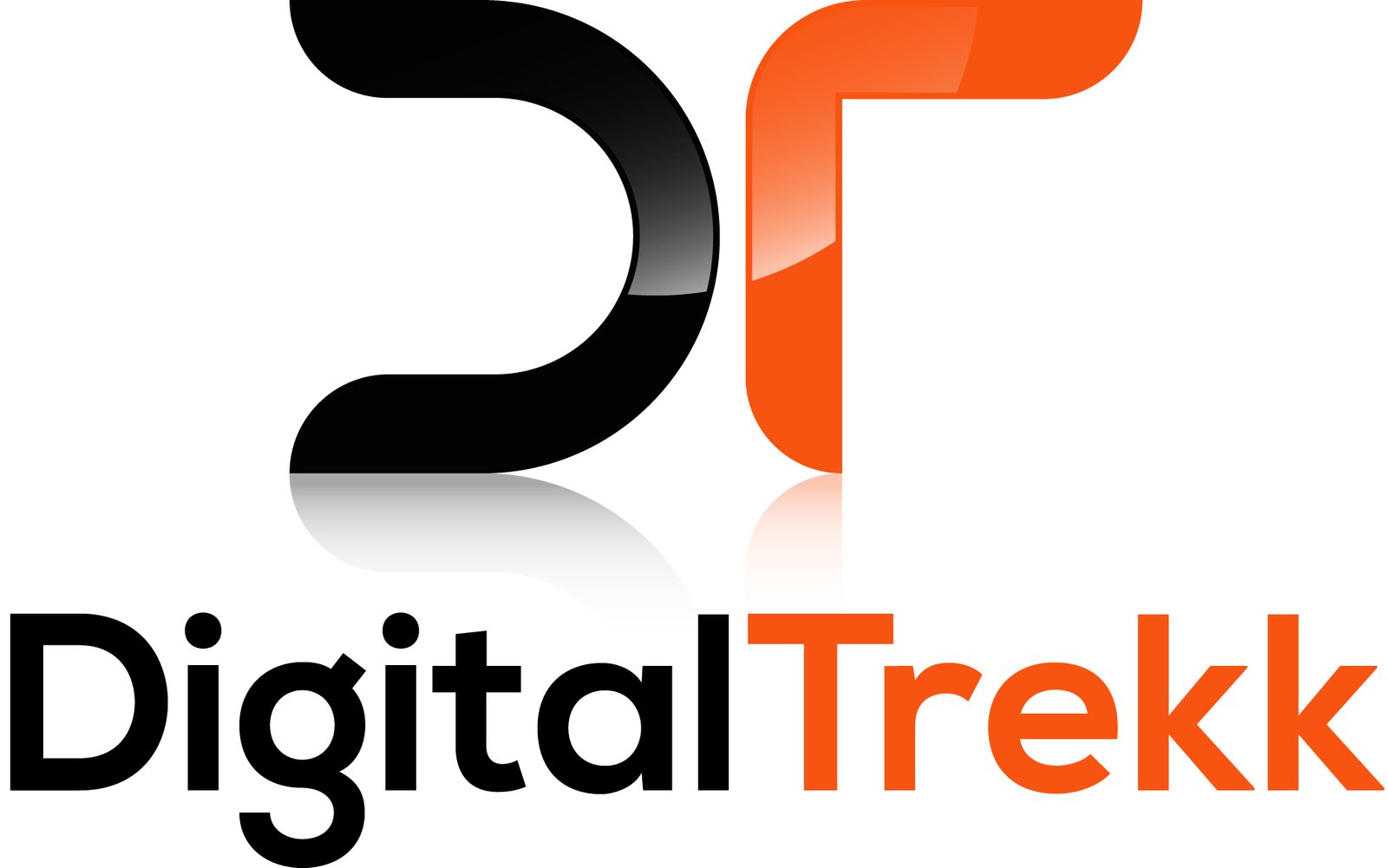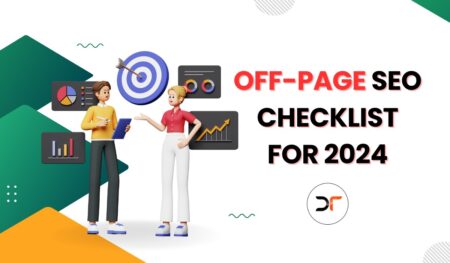Introduction:
The SEO Checklist is a well-organized, step-by-step guideline of SEO strategies. You can apply the guideline to increase the ranking of your website and bring it on the first page of Google.
How to use the SEO Checklist?
Go through the list and fix SEO-related issues.
- Fundamentals of SEO Checklist
- On-Page SEO Checklist
- Off-Page SEO Checklist
- Technical SEO Checklist
- Keyword Research Checklist
- Local SEO Checklist
- Mobile Phone SEO Checklist
SEO Fundamentals Checklist:
In SEO, you try to make your website accessible for search engines without any problem. And for this purpose, you follow a set of rules. A website’s good content and usability are easy to rank for a search engine. Search engines follow complex algorithms to show a website at the top of the search results.
Make sure that your website doesn’t go under Google penalty. Google has manual and algorithmic penalties for those websites that violate its guidelines.
Google Search Console:
Google is the most used search engine in the world. It has 91% of the market share. Bing and Yahoo are other most used search engines in the world.
Google presents a helpful tool for SEO by the name of Google Search console. It analyzes the Google ranking of your website and fixes different errors.
Bing Webmaster:
Bing, another search engine, offers Bing Webmaster tools to optimize your website. Bing Webmaster Tools and Google Search Console have similar functionality.
Google Analytics:
Google Analytics Tool monitors the SEO performance of your website. You can install its code on your website.
On-Page SEO Checklist:
On-Page SEO includes all the SEO work on the content of your page. The content should be according to the user’s intent and easy for search engines to make it searchable.
You can follow a few guidelines for On-Page SEO. Optimize your titles and Meta descriptions by using target keywords.
- The Title should be unique and brief, for e.g., if your page is all about Website Development so you can write your title Like “Website Development Company”
- while good Meta descriptions increase your click-through rate and bring more traffic. Your Meta description should be 155-160 characters and you many need to add your focus keyword in Meta Description
Try to give lists of information in your content because Google’s algorithms rank lists on top pages.

- Optimize H1 tag, H2, and H3 headings by using focus keywords. Include your target keyword in the opening paragraph of your page to make it more applicable for both search engines and users.
- Avoid keyword stuffing and use your target keywords naturally. Having too much image and video content on your page is also not a good practice in terms of SEO.
- Image and video optimization are also essential SEO factors. Your image must have a proper file name, including the target keyword. A smaller image in size is better. Add an excellent schema to your blog to help Google understand the video.
Off-Page SEO Checklist:
Off-Page SEO includes such practices outside of your website to rank your website in search results. In Off-Page SEO, you have to follow techniques that convince algorithms of a search engine to rank your website. Ranking higher brings more organic traffic.
Backlinks with high DA and high PA websites positively impact search engine algorithms. Links are a vote of trust for search engine algorithms. It’s not about increasing the number of links; the somewhat right type of backlinks will increase your rankings.
Technical SEO Checklist:
Technical SEO involves helping search engines to find, interpret, and index your website without any difficulty. Technical SEO has no relevance with the content of the website or website promotions.
A Few Important Technical SEO Checklists includes:
1. Check your Permalink Structure or URL of your Webpage of your website. It should be SEO-friendly. Keep it short, use hyphens, and include keywords in it for example https://digitaltrekk.com/seo-checklist /
2. Ensure SSL installation on your website, and HTTPS should be your top priority.
3. If you see any problem crawling and indexing your website, you need to visit the Coverage Report in the Google search console and fix errors.
4. Check your sitemap errors regularly in Google Search Console.
5. Check Canonical URL to solve duplicate content issues protect your website content.
6. Check the 404 Page and make it meaningful.
7. You must check the loading speed of your website and improve it.
Keyword Research Checklist:
Correct Keyword Research is another important factor for high rankings of your website. Have a good understanding of SEO Keywords and search for the right keywords for your website or business.
You must know the importance of long-tail keywords and their proper use to get a decent amount of organic traffic on your website.
In the next step, you should know how to perform keyword research. After thorough keyword research, make a list of keywords and use them to optimize your content. You need to understand how to use these keywords to optimize your content. Use your target keywords in the page title, URL, and H1 tag. Write long-tail keywords in your H2 and H3 headings; use related keywords in the image ALT Text and LSI (latent semantic indexing) keywords in your content.
Local SEO Checklist:
Local SEO involves optimizing a website in search engines related to your local area. For Local SEO, a few more optimizations should take into account. Optimize your logo for logo SEO, add NAP (Name, Address, and Phone Number) Information on your pages, add Google map, register your company with Google My Business, register your website with relevant directories, reply to every review on all platforms, and seek links from the local press (local Listing directories).
Mobile Phone SEO Checklist:
Almost 60% of traffic comes from mobile phones, and it will grow more in the coming years. This review can imagine the importance of Mobile Phone friendly SEO.
Google Mobile-friendly test is a free tool that checks the mobile-friendliness of a website and gives suggestions about making your website mobile-friendly. Have a test of your website’s loading speed and ensure your website must load on a mobile phone within three seconds. Another important factor is checking the mobile website on different resolutions. Google Chrome Developer Tools are the best for this purpose. CTA (Call to action) buttons should also be visible on a mobile phone.
Conclusion:
I have covered almost all aspects of SEO in this brief blog post. If you make your website in line with these SEO guidelines, your website will get a higher ranking and enough traffic. Never skip any of the items mentioned above and never overlook these items. Use the best SEO tools to rank high in Google or Bing. You can check out details of The Best SEO Tools for Digital Marketer & Agencies










